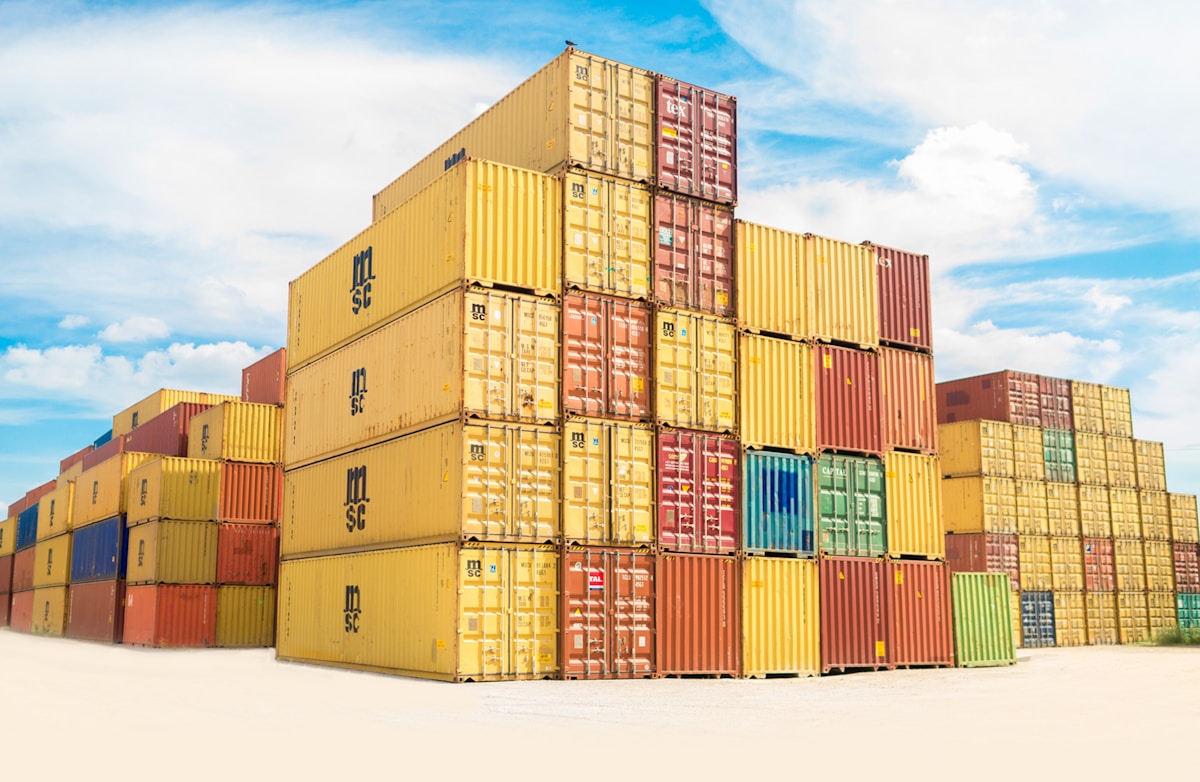Introduction
In the ever-evolving world of international trade, container shipping remains the backbone of global commerce. In 2023, businesses and individuals worldwide are closely monitoring the dynamics of intercontinental container shipping rates. As the world continues to grapple with economic fluctuations and logistical challenges, understanding these rates is crucial for making informed decisions in international trade. In this article, we will delve into the factors affecting container shipping rates in 2023 and what you need to know to navigate this complex landscape.
1. Global Supply Chain Disruptions
The year 2023 has seen its fair share of supply chain disruptions, stemming from various factors such as the ongoing pandemic, natural disasters, labor shortages, and political tensions. These disruptions have had a significant impact on container shipping rates. As demand surges in certain sectors and regions, container availability and transit times have been affected, resulting in fluctuating shipping costs. It's essential to stay informed about these disruptions and their potential impact on shipping rates when planning your international logistics.
2. Freight Rate Volatility
Freight rates are inherently volatile, subject to fluctuations influenced by a multitude of variables. The supply and demand for container space, fuel prices, currency exchange rates, geopolitical events, and even weather conditions can all impact shipping rates. In 2023, the volatility is expected to persist, making it essential for businesses to remain agile and adaptable in their logistics strategies.

3. Peak Season Surcharges
One aspect of container shipping rates that has gained prominence in recent years is the imposition of peak season surcharges. These surcharges are typically applied during peak shipping seasons, such as the lead-up to major holidays or events. In 2023, it's vital to factor in these surcharges when planning your shipments, as they can significantly impact the overall shipping cost.
4. Sustainability Initiatives
Environmental concerns have prompted the shipping industry to adopt sustainability initiatives, including the adoption of cleaner fuels and more eco-friendly practices. While these initiatives are laudable, they can also have cost implications. Transitioning to cleaner energy sources and implementing green technologies can increase operating costs for shipping companies, which may, in turn, affect container shipping rates.
5. Capacity Constraints
Container shipping capacity has been a critical issue in recent years. The pandemic-induced disruptions exposed vulnerabilities in the global supply chain, including container shortages and port congestion. These capacity constraints have led to a tightening of supply, further contributing to rate fluctuations. Businesses must closely monitor capacity issues and plan accordingly to secure space for their shipments.
6. Digitalization and Transparency
Advancements in technology have ushered in an era of greater transparency in the shipping industry. Digital platforms and data analytics now provide shippers with real-time information on container availability, rates, and transit times. Leveraging these tools can help businesses make informed decisions and optimize their shipping operations in 2023.
7. Navigating the Rate Negotiation Process
In the complex world of intercontinental container shipping rates, successful rate negotiations are crucial. It's essential to build strong relationships with your carriers and logistics partners, stay informed about market trends, and be prepared to negotiate effectively. Remember that rates are not set in stone and can be subject to negotiation based on volume commitments and other factors.

In 2023, understanding intercontinental container shipping rates is essential for businesses engaged in international trade. The dynamic and unpredictable nature of the shipping industry requires careful planning, adaptability, and a keen eye on global supply chain trends. By staying informed about the factors affecting container shipping rates, including supply chain disruptions, volatility, sustainability initiatives, capacity constraints, and the role of digitalization, shippers can navigate this complex landscape successfully. Effective rate negotiation and the ability to react to changing market conditions will be key to achieving cost-effective and reliable international shipping in the years to come.